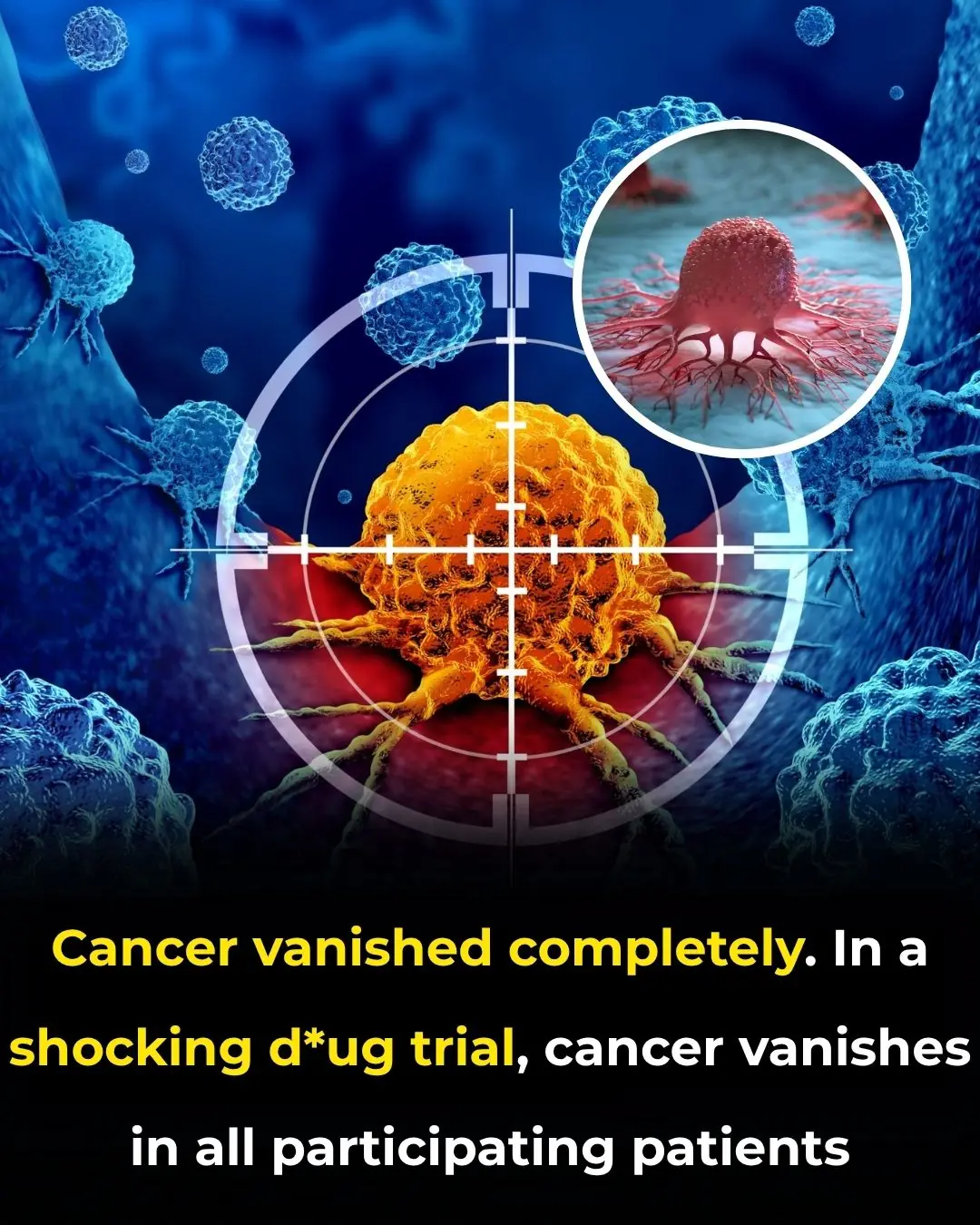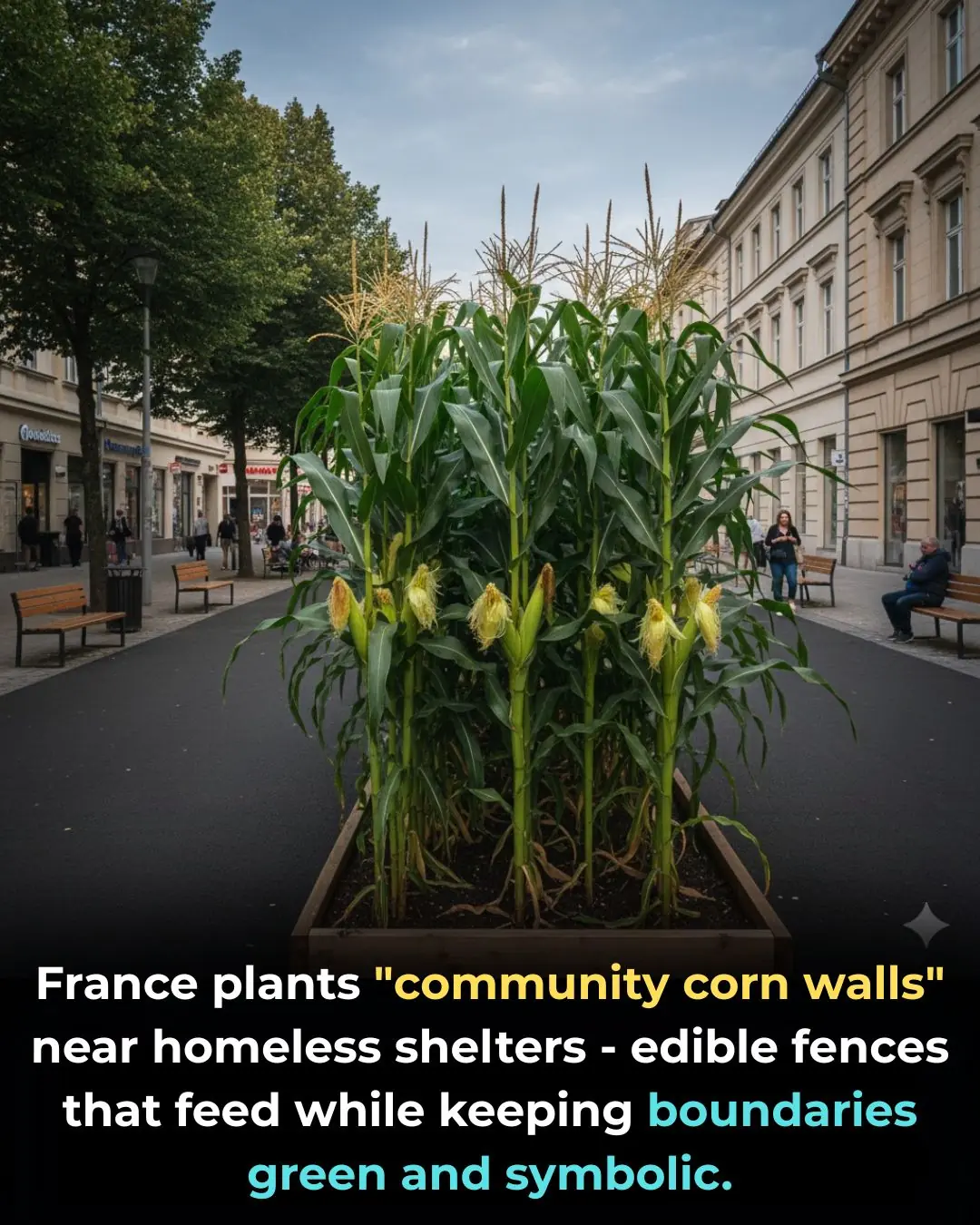
Belgium’s Floating Algae Mats: A Green Breakthrough in Urban Water Purification
Rewritten & Expanded Article (with reputable sources included)
Across Belgium, an innovative intersection of ecology and urban well-being is taking shape along the country’s historic city canals. A series of forward-thinking pilot projects is experimenting with floating algae mats—living, biodegradable filtration systems designed to help purify wastewater from temporary shelters and community facilities. These projects place nature, rather than machinery, at the center of urban water treatment, blending environmental engineering with compassion-driven city planning.
At the heart of the system are layered bio-filtration mats constructed from biodegradable mesh seeded with fast-growing microalgae and aquatic plants. As lightly pre-filtered greywater from shelters enters canal-connected channels, it flows through these mats, where the algae absorb pollutants such as nitrogen, ammonia, phosphates, and organic matter. This process mirrors natural freshwater purification, functioning through photosynthesis and metabolic uptake rather than chemicals or mechanical pumps. According to analyses by the European Environment Agency (EEA), algae-based treatment systems are increasingly recognized as effective low-energy solutions for nutrient removal and improved water quality within urban ecosystems.
The early results of Belgium’s pilot projects align with findings highlighted by the European Commission’s Climate Adaptation Program, which encourages nature-based solutions as resilient responses to rising urban pollution and infrastructure stress. As the algae mats break down contaminants, water downstream becomes visibly clearer, oxygen levels increase, and canal biodiversity subtly rebounds. Fish tend to gather beneath the shaded mats, while birds perch along the softened canal edges—small signs of ecological restoration within densely built environments.
Beyond their practical impact, the mats contribute a new aesthetic layer to the canal landscape. Instead of industrial filtration structures, residents encounter soft green islands drifting quietly on the water’s surface. These elements transform the canals from utilitarian drainage corridors into living environmental infrastructure. Reports from the OECD on urban environmental design emphasize how visible green interventions can strengthen community engagement and create public spaces that support both mental well-being and environmental health. Belgium’s floating mats embody this principle by offering a reminder that ecological solutions can also enhance the sensory experience of city life.
The initiative goes further by integrating technology with natural processes. Embedded sensors continuously monitor water quality indicators such as pH, turbidity, dissolved oxygen, and nutrient concentrations. Real-time data helps researchers adjust mat density, flow direction, or plant composition to maximize efficiency. This hybrid model—nature doing the core work, technology guiding optimization—reflects the broader trend in sustainable urban innovation promoted by UN-Habitat, which advocates for adaptive systems that combine ecological intelligence with digital monitoring tools.
What makes these pilots particularly significant is their dual-care philosophy: a recognition that environmental stewardship and social responsibility are deeply interconnected. By treating wastewater from temporary shelters through gentle, natural means, the system symbolically reinforces dignity and inclusion. Instead of hiding the process in industrial facilities, the city openly integrates it into a green, visible landscape—turning essential infrastructure into a shared urban asset.
Belgium’s algae-based filtration mats are still in the testing phase, but their promise is clear. They demonstrate how cities can reshape aging water networks with sustainable, nature-aligned methods, and how even narrow strips of canal can become sites of renewal rather than runoff. As more urban centers across Europe explore similar projects, these Belgian canals hint at a future where living systems help carry the weight of urban care—quiet, green, and endlessly regenerative.
News in the same category

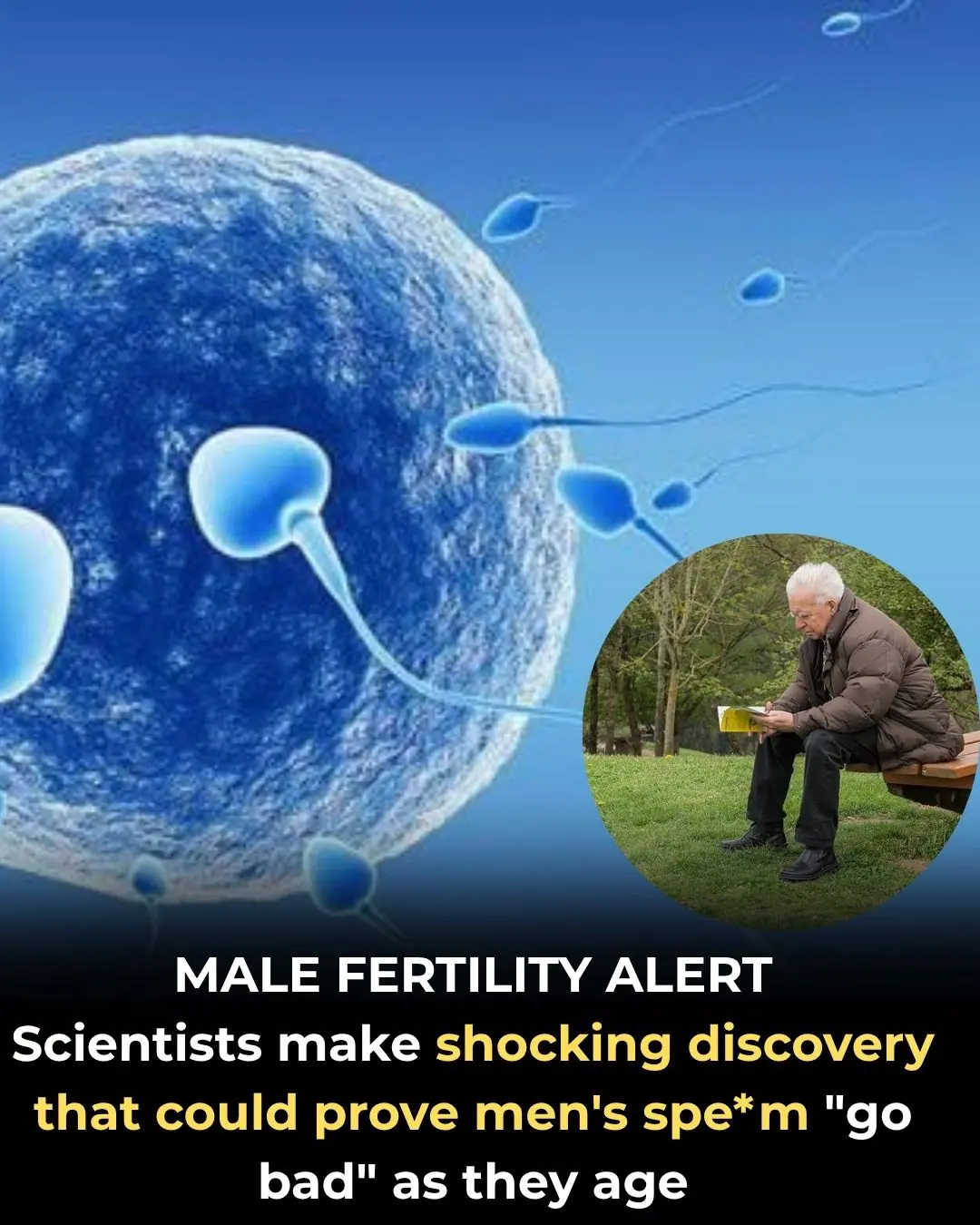
“New Research Reveals How Aging Impacts Male Fertility and Sperm Health”

Blueberries: A Powerful Daily Boost for Heart Health

😭 Backlash Follows Carlos Gu's Emotional Breakdown on Strictly Come Dancing

👑 Former Campmate James Haskell Backs Martin Kemp for King of the Jungle

📉 The Upside Down of Broadway: Stranger Things Play Faces Financial Turmoil Amid Soft Ticket Sales

🪂🐍 I’m A Celebrity… 2025 Launch: Winners Secure Steak Dinner as Kelly Brook & Campmates Face the ‘Cockie Van’

🎶 Shona McGarty: From Walford to the Wild and Her New Chapter in Music

👨👩👧👦 Peter and Emily Andre’s Son Theo Makes Rare Appearance in Family Home Video

🌴 Kelly Brook’s Jungle Challenge: Body Positivity, Feuds, and a U-Turn

👨👧👦 Sam Thompson Shares "Freaking Out" Fears Over Baby Plans with New Girlfriend

Why Is Sebastian Telfair Back Living in the Projects After Nearly $19M in NBA Money?

The Revolutionary Legacy of The Alvin Ailey Dance Theater

Memphis Teen Gives Back To Community By Giving Free Haircuts To The Homeless

Meet the Couple Making History as First Duo to Serve as HBCU Rectors Simultaneously

Rapper Lupe Fiasco Named Visiting Professor at Johns Hopkins’ Peabody Institute

NBA Star Anthony Edwards Gets Surprise Game Visit From His 82-Year-Old Grandfather

Vicky Pattison shares statement after sparking concerns with It Takes Two absence: ’So sorry’
News Post
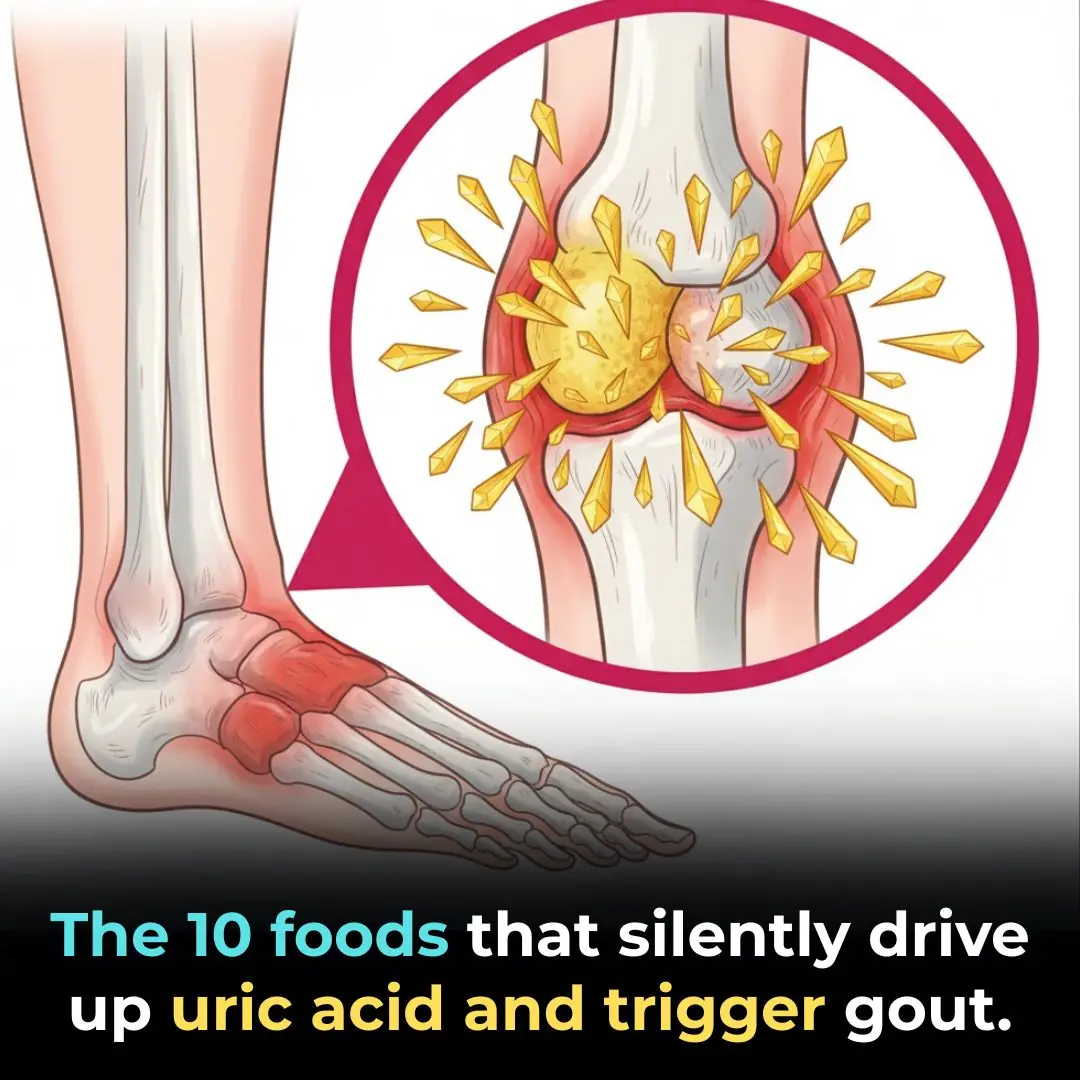
Top 10 Uric Acid Foods To Avoid If You Have Gout

France Reimagines Shelter Boundaries With Community Corn Walls

5 Simple Ways to Remove Rust from Knives – Make Your Dull, Rusty Knife Shiny and Sharp Again
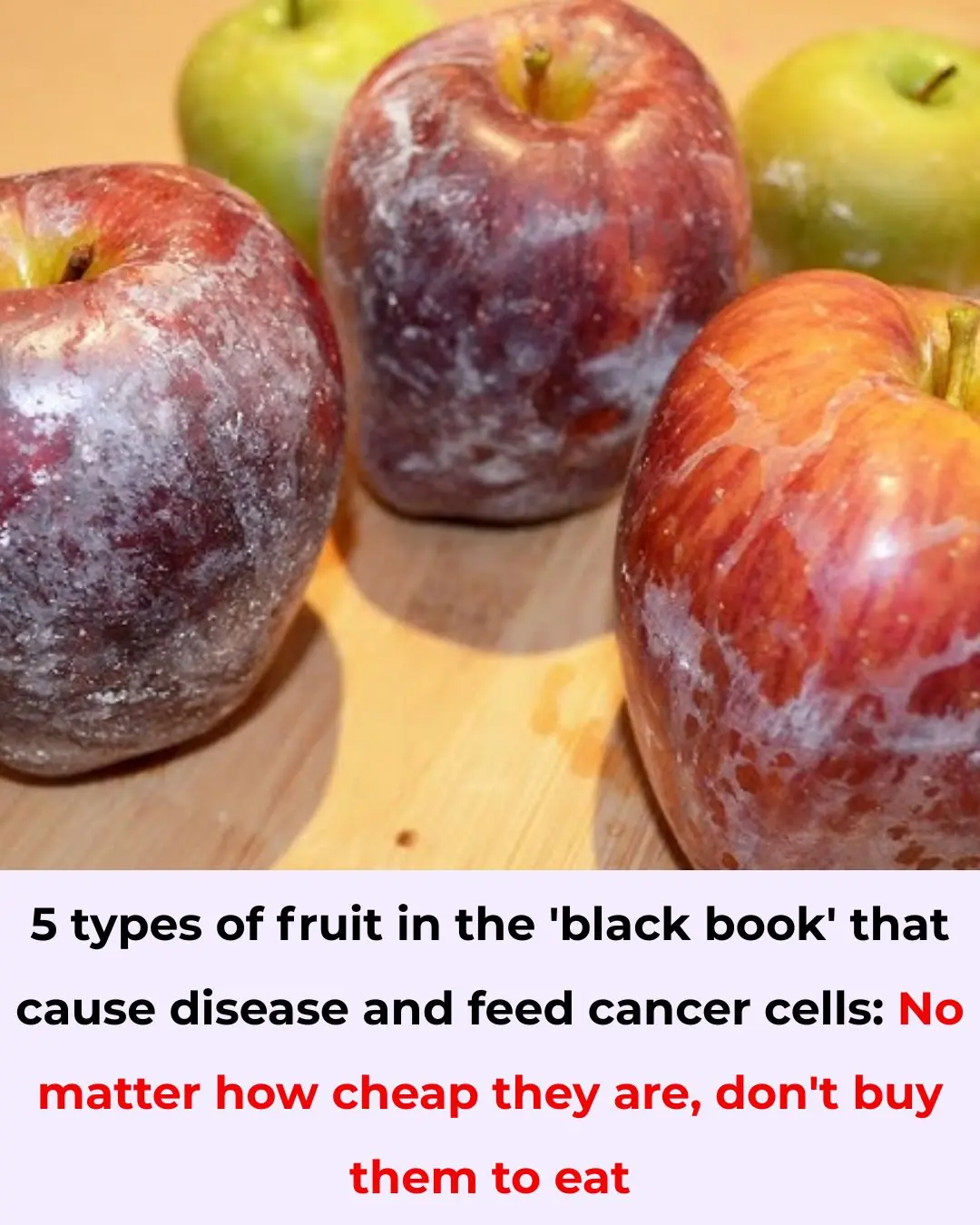
5 Fruits on the ‘Blacklist’ That Can Cause Cancer – Avoid Buying Even If Cheap

“New Research Reveals How Aging Impacts Male Fertility and Sperm Health”

Pork Skin – The Often Overlooked Superfood
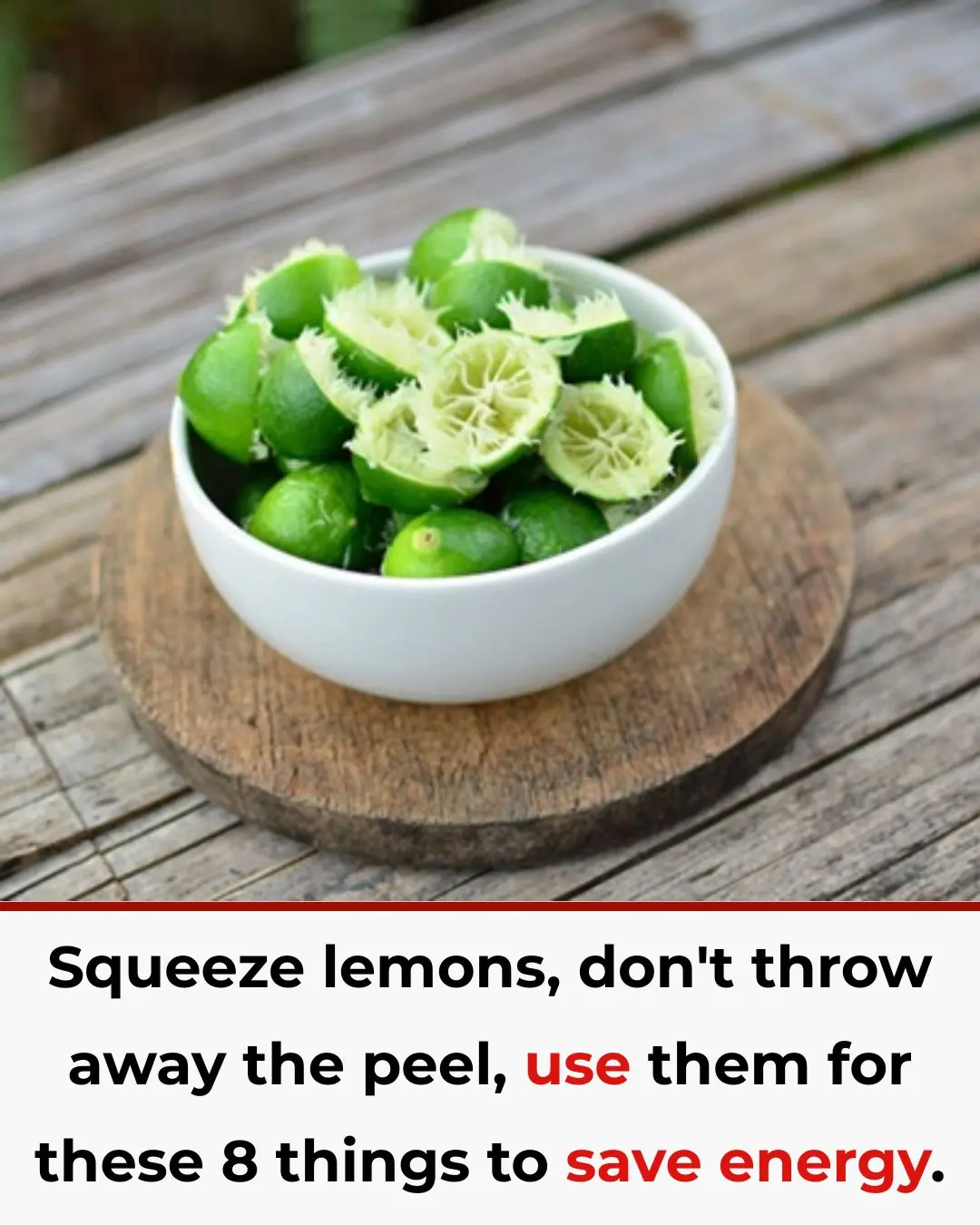
Don’t Throw Away Lemon Peels! Use Them for These 8 Household Tasks and Save a Ton of Money

10 surprising ways to use vinegar around the house

Stop eating these 10 things of CRAP

Mix Banana Peels With This and Leave It in a Corner — Roaches Will Disappear Overnight

Discover how eggs support your baby’s brain development — full details in the comments!”
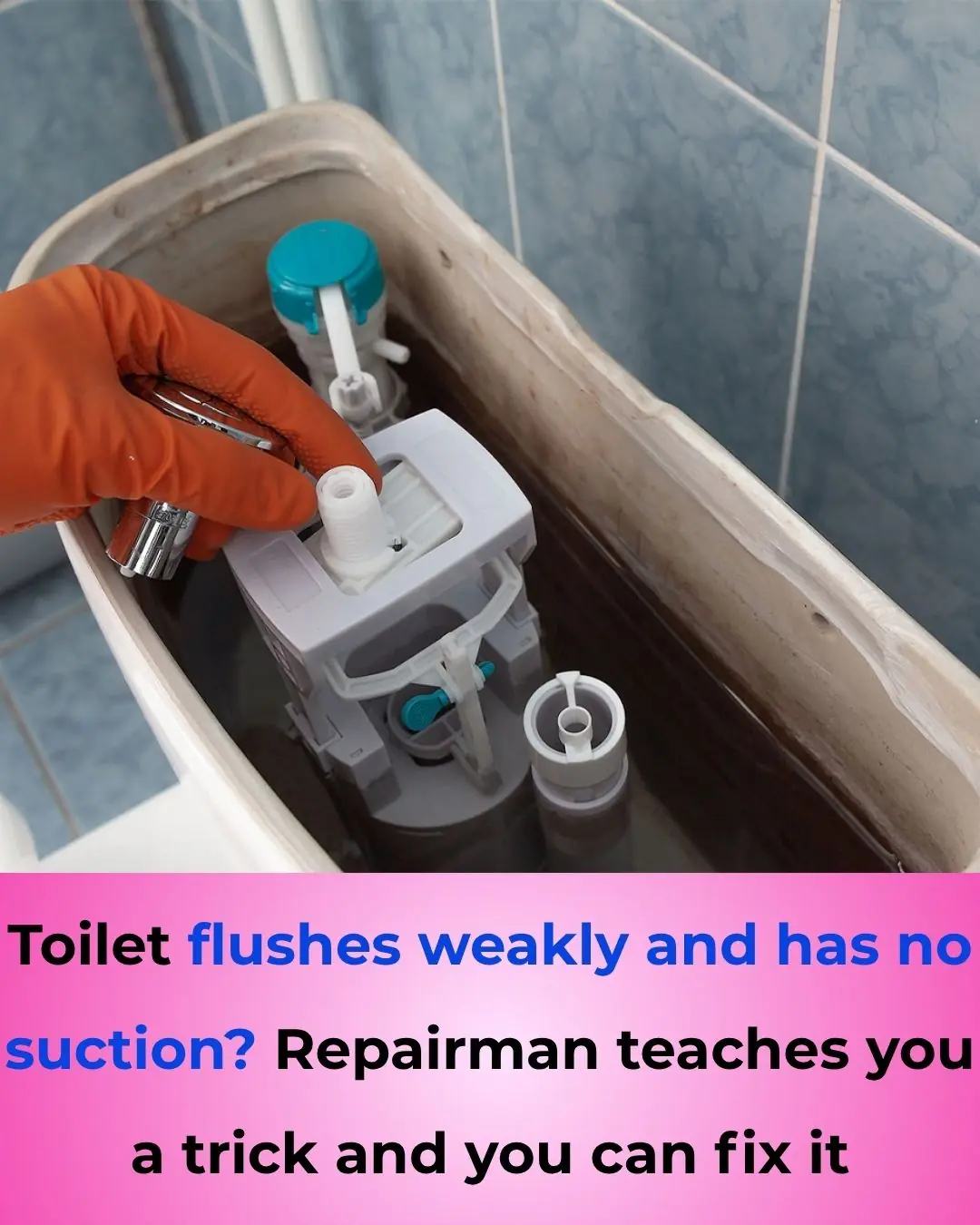
Weak Toilet Flush and No Suction? A Simple Trick From a Professional That Fixes It Instantly

Five “Dirtiest” Parts of the Pig That Butchers Never Take Home for Their Own Families

Blueberries: A Powerful Daily Boost for Heart Health
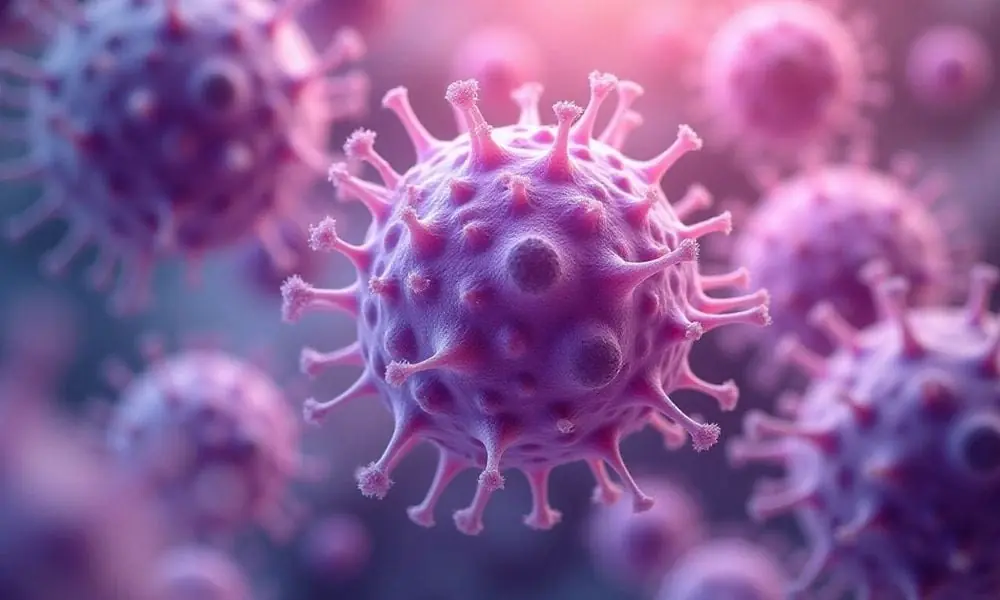
The Whole Family of Three Was Diagnosed With Thyroid Nodules; the Mother Collapsed: “I Thought Those Two Things Were Always Good to Eat and Could Prevent Cancer”

Motherhood Rewires the Brain: Why Postpartum Recovery Takes Years, Not Weeks

Eating More Than One Egg a Week May Slash Alzheimer’s Risk by 47%
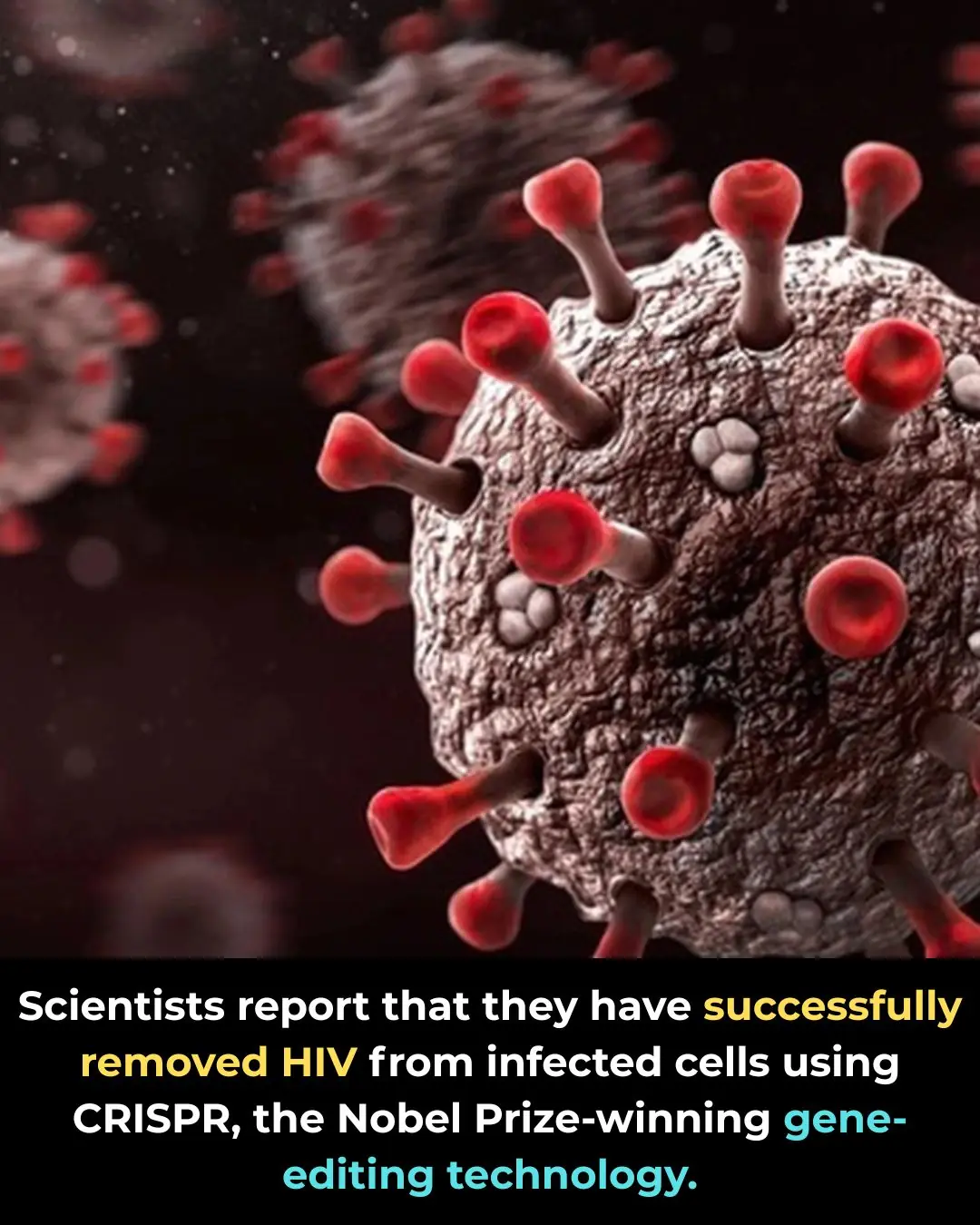
CRISPR Breakthrough Offers Hope for a Potential HIV Cure
